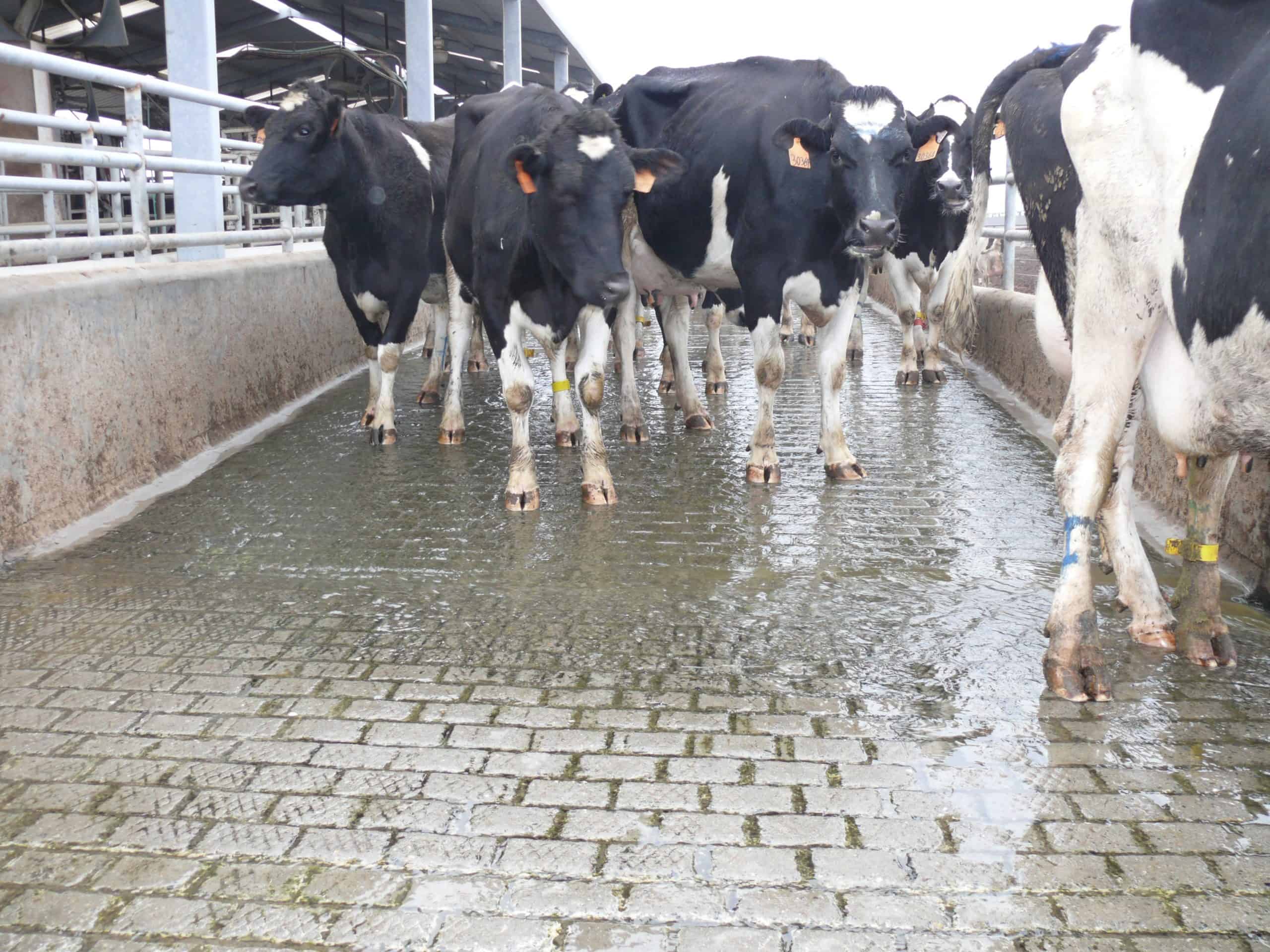
Whether you are at home or at work, it is important to keep areas free of germs to try to prevent the spread of diseases. When it comes to this, the words clean, sanitize, and disinfect are often used interchangeably. But there is a significant difference between the terms, and technical differences as well. Additionally, knowing the difference between them can help you to know exactly what products to buy, and how to use them to keep your home or workplace clean, safe, and healthy.
It is important to note however that before you sanitize or disinfect you need to clean the surface first. Germs can hide underneath dirt and other material on surfaces where they are not affected a sanitizer or disinfectant. Dirt and organic material can also reduce the germ-killing ability of some sanitizers and disinfectants. Typically, cleaning is the first step toward the goal of creating a hygienic environment.

Cleaning refers to simply removing dirt and other impurities from a surface. To effectively sanitizes, and/or disinfect; a surface needs to be clean. Once the surface is clean, the sanitizer or disinfectant can better do its job of reducing or eliminating harmful bacteria.
Sanitizing is a treatment that lessens and even kills germs on surfaces to make them safe for contact. The two most common sanitizer types are:
Disinfection requires a stronger treatment than a sanitizer. A disinfectant must completely eliminate specific pathogen(s). Both disinfecting and sanitizing are a step up from regular cleaning because cleaning only removes visible dirt. When you sanitize or disinfect, you are removing potentially harmful pathogens that might not be visible to the naked eye. In order to have a product be classified and be able to be marketed as a sanitizer or disinfectant for hard surfaces they must be EPA Registered and must have data supporting the claims
Now knowing the difference among the various disinfectant types, you can raise the question when should you sanitize, and when should you disinfect? The answer to this question will depend on your objective: Do you have a specific pathogen(s) you want to target? In these uncertain times; the Covid-19 virus is one of the most targeted of all pathogens. You can check to determine if your disinfectant is capable of disinfecting Covid-19 by checking the EPA List N. Disinfectants on this list satisfies the EPA requirements for disinfecting this viral pathogen. Beside Covid-19, EPA has 14 other lists that might be useful in selecting the right product for your objective. Overall, disinfecting can lower the risk of infections from other pathogens like influenza, HIV, Staph or Salmonella.
Creating a clean, safe, and healthy environment requires discipline and the right set of products. Clean is good but often you need to go beyond clean to create a hygienic environment by disinfecting or sanitizing your surroundings.